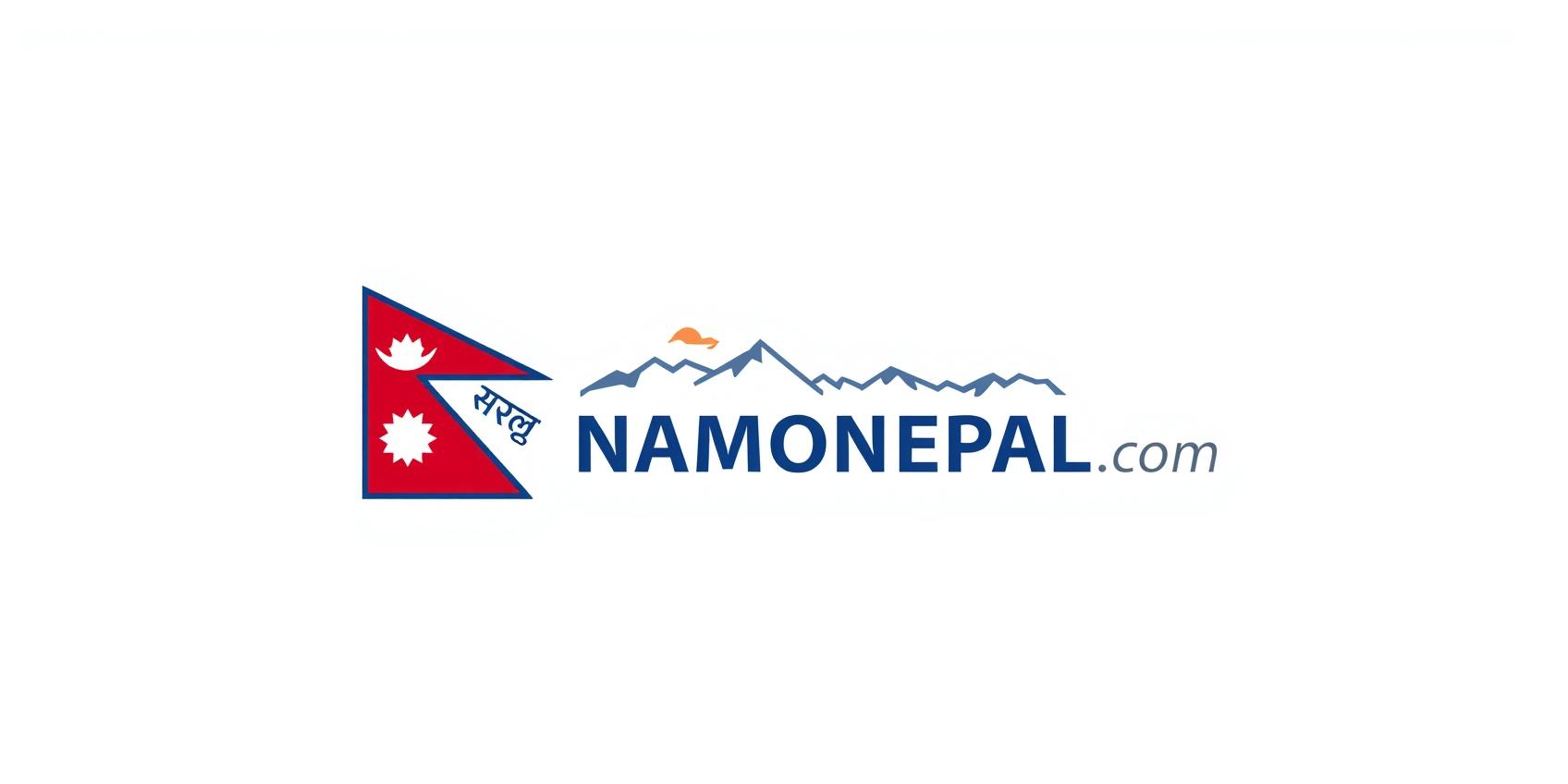Master Nepali Travel Vocabulary 🗣️
Learn essential Nepali words and phrases to navigate your trip with confidence and respect. This glossary covers key travel terms, greetings, directions, and cultural expressions.
Unlock authentic interactions and a deeper connection with Nepal's vibrant culture.

Why Learn Nepali Travel Terms?
Effective Communication
Bridge language gaps and connect genuinely with locals.
Enhance Cultural Respect
Show respect for local customs and traditions through language.
Navigate with Ease
Effortlessly manage transport, accommodation, and food orders.
Authentic Experience
Dive deeper into the local lifestyle and create lasting memories.
Introduction to Nepali for Travelers
Nepali is the official language of Nepal with diverse dialects spoken across regions. While English is common in tourist areas, learning local words such as greetings, directions, and transport terms significantly enriches your journey and opens doors to more meaningful cultural exchanges.
This glossary compiles the most practical and commonly used Nepali travel vocabulary, enabling you to confidently engage with the local culture and landscapes.

Essential Nepali Travel Phrases
Key Nepali Vocabulary At a Glance
Deeper Dive into Nepali Communication
Greetings and Politeness 🙏
Using respectful words like "Namaste" combined with a slight bow will endear you to locals. "Dhan.yabad" (thank you) and "Kripaya" (please) are essential for polite interactions. People highly appreciate any effort to use their language.
Transport and Accommodation 🚏
Knowing words for "basa" (bus), "tyāksī" (taxi), and "rēla" (train) helps with transportation. For lodging, "hōṭēla" (hotel) and "āvāsa" (lodging) are key. "Tikāṭa" (ticket) and "ārākṣaṇa" (reservation) are also highly useful.
Food, Directions, & Emergencies 🍲
Ordering food is easier with "Khānu" (to eat), "Pānī" (water), and "Mi.tho" (delicious). For directions, "Sidha Jānus" (go straight), "Bāyā tirā" (left), and "Dhāu tirā" (right) are invaluable. In emergencies, remember "Sahāyata" (help), "Aspatal" (hospital), and "Daktar" (doctor).
Numbers, Time, & Cultural Etiquette 🔢
Basic numbers like "ēku" (one) and "dui" (two) help with prices and schedules. "Samaya" means time. Using terms like "Swaagat" (welcome) and knowing some slang like "K chha?" (What’s up?) will enhance your interactions, but use slang cautiously.
Boost Your Nepali Now 🚀
Embrace language learning for a richer, more authentic, and deeply connected travel experience in Nepal.
Tips for Learning Nepali:
- Pronunciation: Vowel sounds like "ā" are elongated, "u" sounds like "oo". Practice makes perfect!
- Confidence: Don't hesitate to practice. Locals admire efforts even if imperfect.
- Combine Words: Learn phrases like "Bhramaṇ garnu" (to travel) or "Phōṭō khichnu" (to take a photo).
- Immerse: Listen to local conversations, watch Nepali media, and engage with locals.

